Empowering Kids Through Weightlifting: The Truth Unveiled
Written on
Understanding the Myths Surrounding Weightlifting for Children
Contrary to popular belief, weightlifting does not hinder growth; in fact, it promotes it!
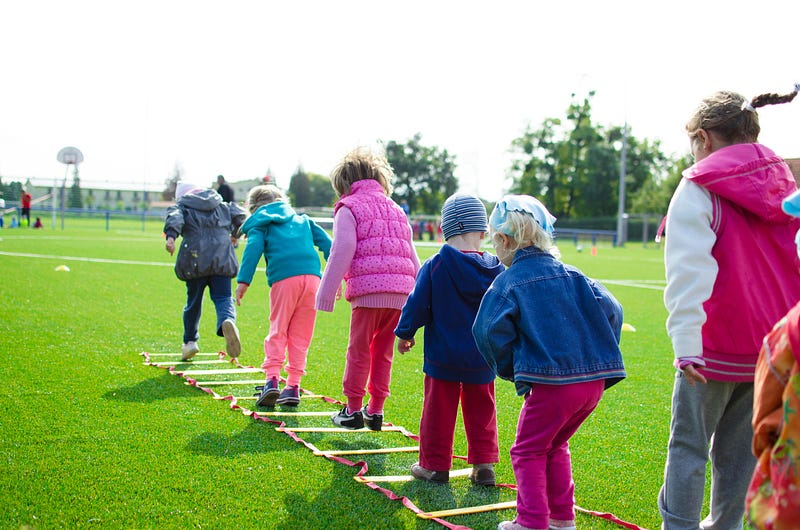
Image from Lukas on Pexels
Weight training is accessible to everyone, including children. During my teenage years, I was often warned that lifting weights would damage my growth plates and lead to long-term issues. It took a decade for me to understand that these fears were unfounded. Evidence suggests that incorporating weight-bearing exercises into children's routines is highly beneficial.
Ironically, those who shy away from resistance training may face increased risks of injuries and health challenges later in life. This exemplifies how pervasive myths can influence perceptions in the health and wellness community. Thankfully, schools and communities are beginning to adopt safe weightlifting practices for young individuals.
Are you ready to join this movement?
Debunking Long-Standing Misconceptions
Research conducted by Faigenbaum & Myer highlights that sports like football, soccer, and rugby carry a higher risk of injury compared to well-supervised weightlifting for children aged 11 to 14. Their findings suggest that even determining a child’s one-rep max (1RM) is safe with proper supervision. Here’s a key excerpt from their study:
“Current research indicates that resistance training can be a safe, effective, and worthwhile activity for children and adolescents, provided that qualified professionals supervise all training sessions and offer age-appropriate instruction on proper lifting techniques and safe training guidelines. Regular participation in a comprehensive resistance training program that begins during the preseason and includes instruction on movement biomechanics may help reduce the risk of sports-related injuries in young athletes.”
The first major takeaway from this information is that the effectiveness of weightlifting for children largely hinges on coaching quality. I would advise against allowing children unsupervised access to weights, as this often leads to mishaps. Many gyms enforce age restrictions for safety reasons. If you’re considering introducing your child to weightlifting, it’s crucial to involve qualified professionals who can tailor safe exercises for them.
Should your child resist coaching or disregard guidance, they may not be ready for weightlifting, regardless of their physical fitness or perceived maturity.
Most documented weightlifting injuries stem from inadequate supervision rather than the activity itself. In fact, sports such as hockey, baseball, and gymnastics report higher growth plate injury rates than resistance training. The few instances of injury in weightlifting occur when children attempt to lift weights without adult oversight.
The second important takeaway is that resistance training can actually help mitigate sports-related injuries among kids. Here are several reasons why:
- It enhances strength.
- It increases bone mineral density.
- It teaches proper coordination and body mechanics.
- It aids recovery from previous injuries and serves as a preventive measure against common sports injuries.
- It boosts confidence in physical abilities and encourages ongoing participation in physical activities.
If doubts persist, look to fitness and medical organizations, which are increasingly endorsing resistance training for all ages. Notable supporters include the National Strength and Conditioning Association (NSCA), the American College of Sports Medicine (ACSM), and the American Academy of Pediatrics (AAP).
Essential Exercises for Young Lifters
Now that we recognize weightlifting is both safe and advisable for children, which specific exercises should they focus on? While many movements could be beneficial, I’ve curated a list of five key exercises that are particularly effective for this age group without being overly sport-specific. This routine will engage all major joints and muscle groups while addressing vital components of fitness such as mobility, stability, and coordination.
Keep in mind that these exercises should always be performed under qualified supervision with appropriately adjusted weights. Safety is the utmost priority, and even bodyweight versions of these exercises can be excellent for developing essential movement patterns.
Let’s explore the recommended exercises:
- Goblet Squat

Image from tonygentlicore.com
Application: 2 x 10–12 reps
Cues: Hold a dumbbell or kettlebell close to your chest. Lower into a squat by hinging at the hips while keeping your core engaged and heels on the floor. Descend until your knees are at about 90 degrees, hold for 2–3 seconds, then engage your glutes to rise back up, exhaling as you do.
- Single-Leg RDL
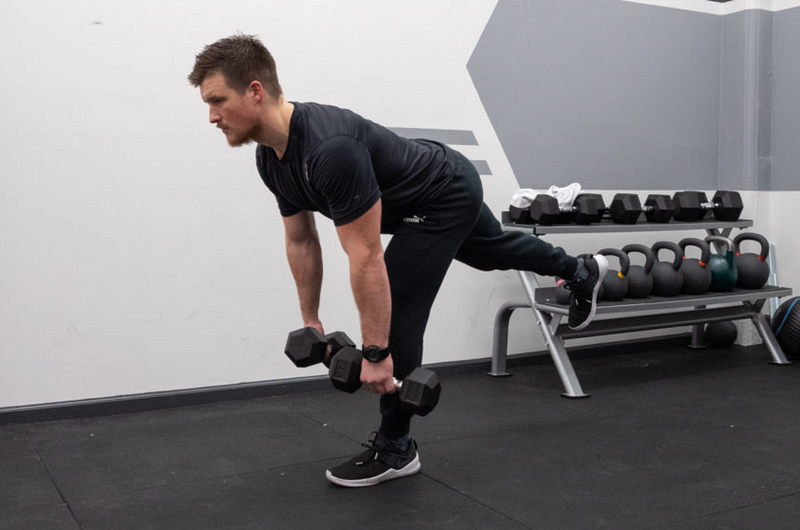
Image from barbend.com
Application: 10–12 reps per side
Cues: Stand on one leg with light weights in both hands. Hinge at the hips to lower your chest toward the floor while keeping the weights close to your legs. Go as low as you can while remaining in control, then return to standing. If balance is challenging, practice without weights first.
- Single-Leg Row
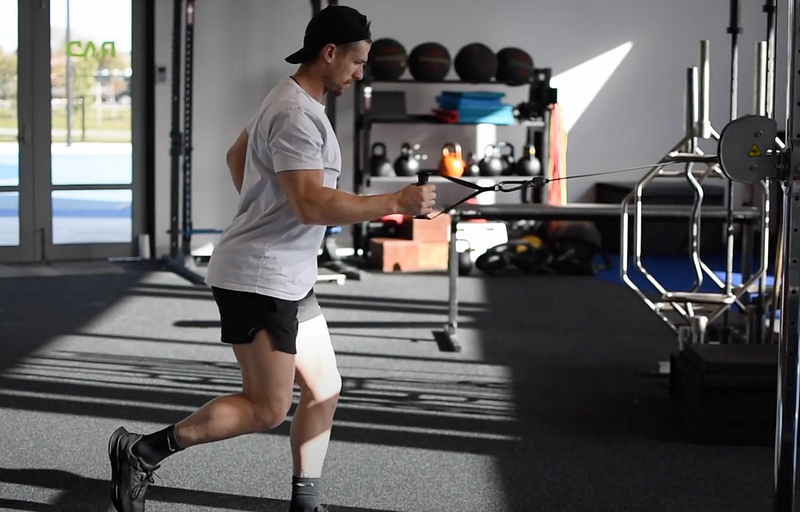
Image from RADCENTRE
Application: 10–12 reps per side
Cues: Using a cable machine or resistance band, balance on one leg and grasp the handle/band with the opposite arm. Pull back into a row while maintaining relaxed shoulders. Complete 10–12 reps before switching sides, remembering to engage your core.
- Alternating Shoulder Press
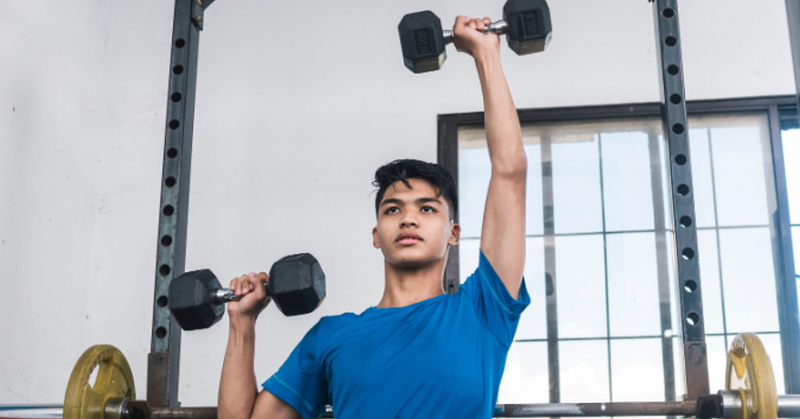
Image from barbend.com
Application: 2 x 6–8 reps per side
Cues: This exercise can be done seated or standing. Perform a shoulder press on one side while the opposite arm holds a weight steady. Alternate sides with each rep, aiming for 6–8 reps before resting. Gradually increase reps to build endurance. The weight doesn’t need to be heavy for effectiveness!
- Shoulder Tap Plank
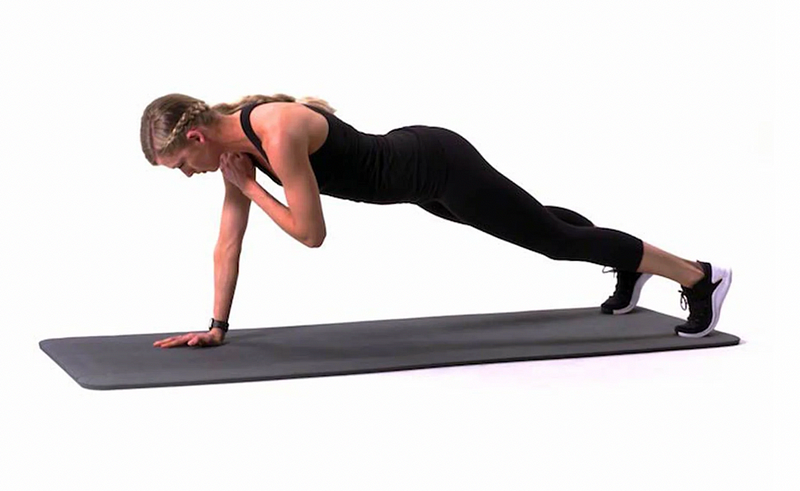
Image from ashleysteele.com
Application: 2 x 30–45 seconds
Cues: Focus on maintaining a stable core while tapping the opposite shoulder with your hand. Minimize hip rotation. For ease, widen your feet; for a challenge, bring them closer together. Each tap should last 3–4 seconds, emphasizing control and form.
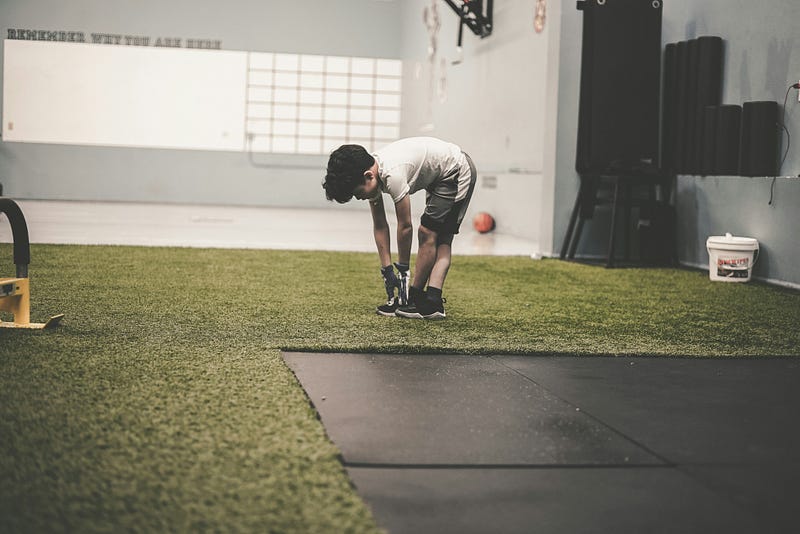
Photo by Chris Benson on Unsplash
In Conclusion
The belief that resistance training stunts growth in children is simply a myth. Not only can children safely lift weights, but doing so is one of the most effective ways to enhance physical literacy and develop critical health components such as muscular endurance, coordination, and strength. Most importantly, this training approach is vital for ensuring our kids remain safe and healthy while leading active, fulfilling lives.
It’s time to welcome children back into the gym for good.
The first video, "GET STRONG" KIDS WORKOUT (Kids Exercises To Build Muscle & Increase Strength), provides insights and exercises aimed at building strength in young children.
The second video, "10 EXERCISES FOR KIDS - STRENGTH-TRAINING," outlines effective strength-training exercises specifically designed for children.